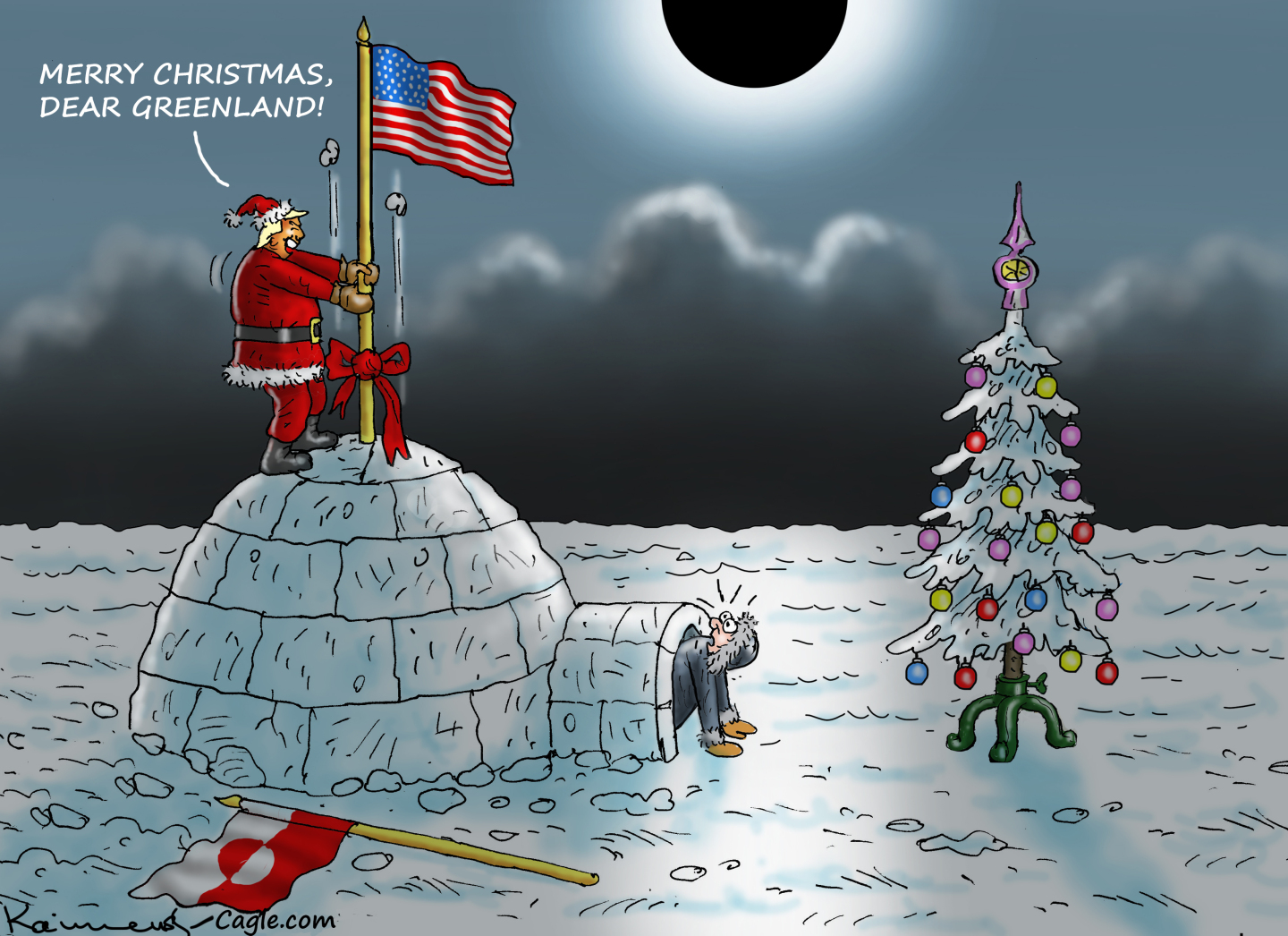Exhibit of the week: Gravity and Grace: Monumental Works by El Anatsui
El Anatsui's undulating tapestries are composed of colored metal—each piece cut from the aluminum cap of a liquor bottle.
Brooklyn Museum, Brooklyn
Through Aug. 4
No one who attended the 2007 Venice Biennale will forget El Anatsui’s contribution to the show, said Holland Carter in The New York Times. One of the artist’s works, which hung from ceiling to floor at the far end of the exhibition’s main hall, looked like “an immense sheet of undulant light” or “a fabulous gold-threaded tapestry,” and it transformed the Ghanaian-born artist, at age 63, into a global star. Nine similar works highlight the first New York museum show dedicated to Anatsui’s work, and the variety of their effect suggests that he won’t soon exhaust his signature medium. Look closely and you’ll see that the tapestries are composed of colored metal—each piece cut from the aluminum cap of a liquor bottle, then crimped or twisted and wired together into a kind of chain mail. The works “speak of decay and regeneration” while projecting “a grand and modest beauty.”
The Week
Escape your echo chamber. Get the facts behind the news, plus analysis from multiple perspectives.

Sign up for The Week's Free Newsletters
From our morning news briefing to a weekly Good News Newsletter, get the best of The Week delivered directly to your inbox.
From our morning news briefing to a weekly Good News Newsletter, get the best of The Week delivered directly to your inbox.
Anatsui’s admirers work too hard at reading political commentary into these tapestries, said Bobby Elliott in HuffingtonPost.com. Yes, Anatsui is making art from consumer detritus and yes, the liquor industry that produced the bottle caps is the spawn of slavery-era Western colonialism. But the works offer allusions, not arguments: “They are resilient to conclusions.” Anatsui intentionally leaves it to every show’s curator to decide how the tapestries—as well as related earlier works—will be displayed. They can be widened or narrowed, hung to create a wall or to adorn one, and their folds and shadows change for each exhibition. It’s not the political messaging that has made Anatsui indispensable to today’s art world but that he has reaffirmed the values of craft and “sheer visual allure.” His tapestries are “more than pretty objects,” but they’re pretty before anything else.
Anatsui can’t be proud of one of the messages that his work conveys, said Ariella Budick in the Financial Times. The longtime University of Nigeria professor hires low-paid students to produce his weavings, and “you can’t look at these great, glittering curtains without thinking about the poverty that drove the makers to days of brutally boring labor.” If Anatsui isn’t intentionally creating a monument to the suffering of underpaid workers, he’s unintentionally exploiting them. But he packs so many other allusions into his work that he can be forgiven that one loose end in his politics. He’s an artist whose view of the world is suitably nuanced and grave, yet he “unfailingly finds the sparkle in its gloom.” Come to think of it, “has anyone ever made the ravages of consumerism look more appealing?”
A free daily email with the biggest news stories of the day – and the best features from TheWeek.com
-
 A foodie guide to Edinburgh
A foodie guide to EdinburghThe Week Recommends Go all-out with a Michelin-starred meal or grab a casual bite in the Scottish capital
-
 Political cartoons for December 24
Political cartoons for December 24Cartoons Wednesday's political cartoons include Christmas in Greenland, grinchflation, and California floods
-
 Is there a Christmas truce in the Starmer farmer ding-dong?
Is there a Christmas truce in the Starmer farmer ding-dong?Today’s Big Question There’s an ‘early present’ for farmers but tensions between Labour and rural communities remain